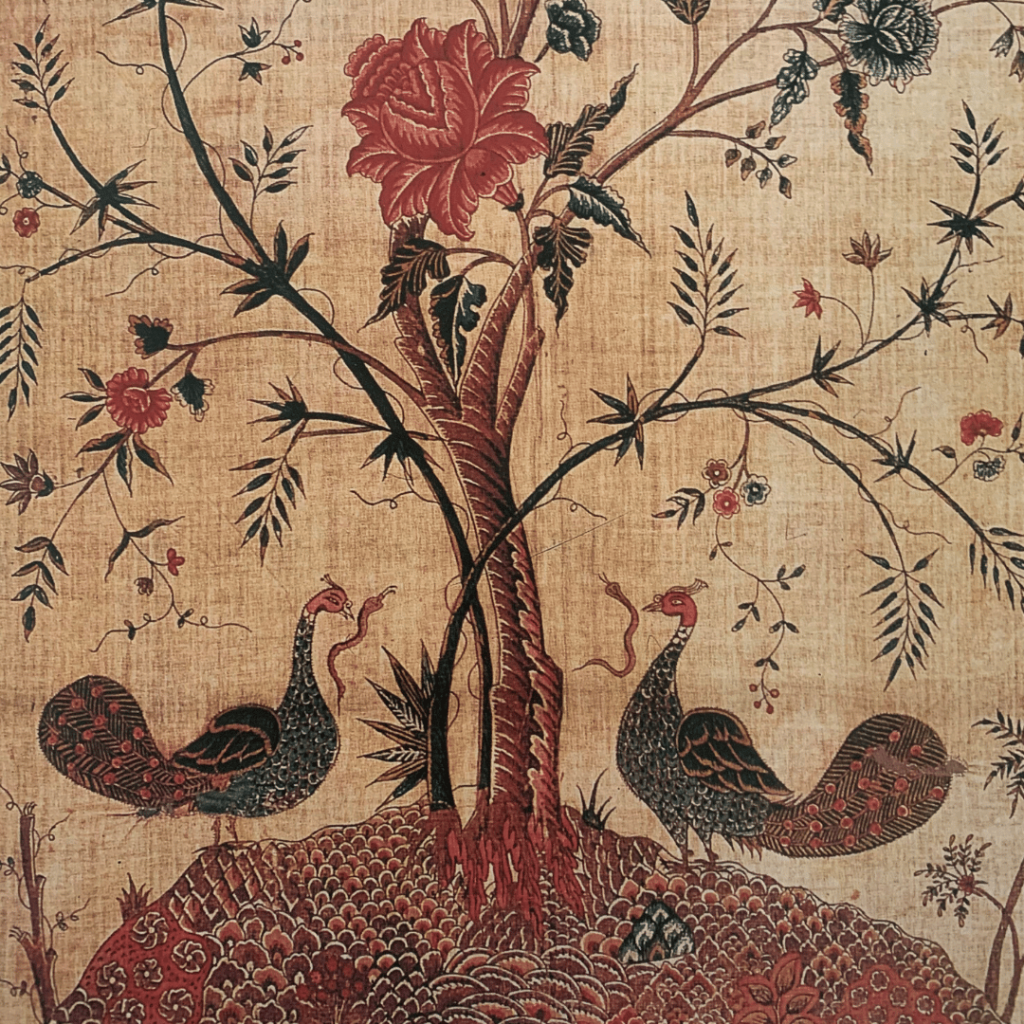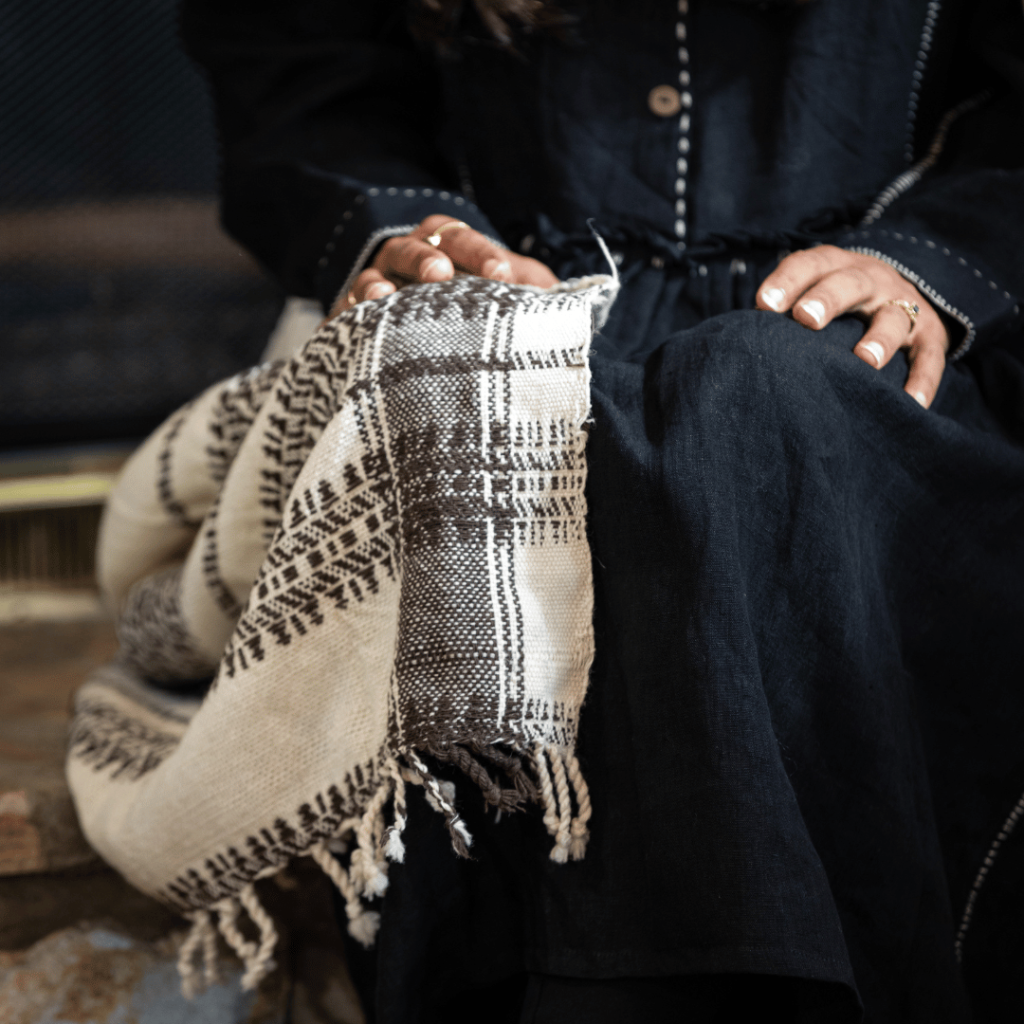
The Story Of Chintz
Chintz is a beautiful textile that originated in India in the 16th century. Known for its brilliant colors and intricate patterns, chintz has been highly sought after around the world since at least the 10th century.
The fabric became known in Europe after Portuguese explorer Vasco Da Gama successfully reached Calicut in India in 1498. By 1680, more than a million pieces of chintz were being imported into England per year, and a similar quantity was going to France and the Dutch republic.
The popularity of chintz in Europe caused concern for French and English mills, as they did not know how to make it. France declared a ban on all chintz imports in 1686, and in 1720, the Parliament of Great Britain enacted a law that forbade the use of imported chintz in apparel or household furnishings. In 1734, French Naval Officer M. de Beaulieu sent home letters and samples of chintz fabric detailing the dyeing process of cotton chintz. The ban on chintz was lifted in 1759, by which time French and English mills were able to produce chintz.
Indian chintz is recognized as the first truly global fashion and has had profound social, economic, and environmental consequences. For centuries, it has been highly coveted for elegant dressing and lavish furnishings. The variety of India’s printing and painting techniques are historically unrivaled among global textile traditions. The desire first to possess and later imitate Indian chintz transformed arts, industries, and economies on five continents, with reverberations still felt today.





